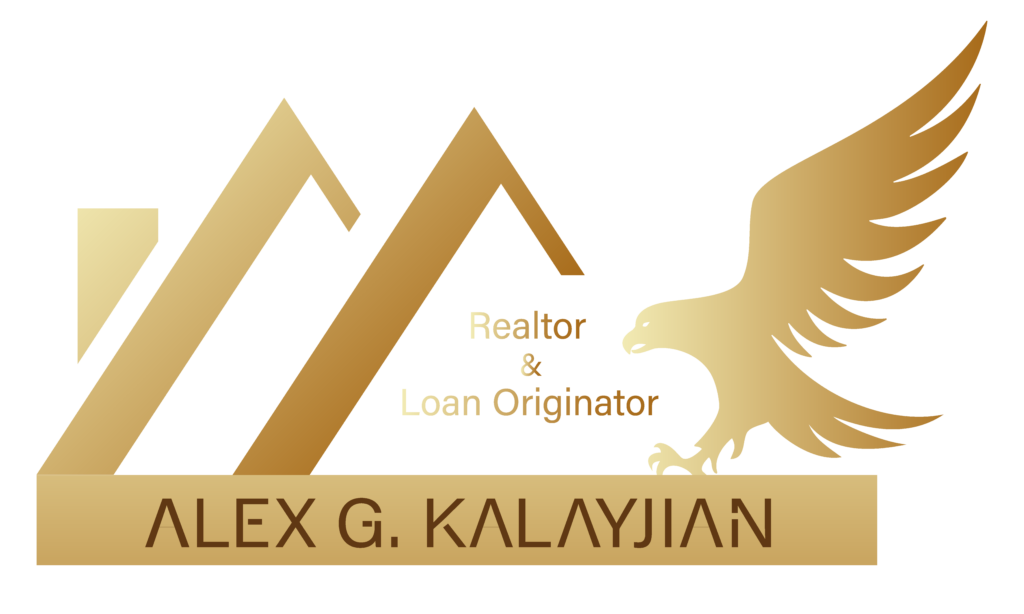Refinance & Home Equity
Refinance
A homeowner can choose to replace their current mortgage loan with a new one through refinancing. Reasons to consider a refinance are to get a lower interest rate, change the loan amount, or the term of the loan.
You do not have to refinance with the lender who holds your current mortgage, and working with a broker will save you time shopping lenders and rates because we do it for you.
THERE ARE THREE TYPES OF REFINANCE LOANS:
1. Rate and Term Refinance – This is for borrowers who only want to change the loan term (length of the loan) and the interest rate.
2. Cash-out Refinance – In addition to a change to the rate and loan term, a cash-out will allow for an increase in the loan amount
enabling the borrower to walk away with cash.
Example: The original loan on the property was $350,000, but the borrower requestsa loan amount of $375,000. The borrower receives a check for $25,000 at the
closing of the new loan.
3. Cash-in Refinance – A loan option for homeowners who want to reduce their interest rate, change the loan term and
pay down the existing loan.


Home Equity loans

A home equity loan product differs from a refinance because it is a new loan on the property in addition to the existing mortgage. A homeowner is borrowing against the value of the property minus the existing mortgage loan.
THERE ARE TWO TYPES OF REFINANCE LOANS:
1. Home Equity Line of Credit (HELOC) – This is for borrowers who only want to change the loan term (length of the loan) and the interest rate.
2. Home Equity Loan – Often referred to as a second mortgage, a home equity loan is a fixed-term loan that is paid out in full to the
borrower at closing. Like a mortgage, the borrower makes monthly payments for the term of the loan.
Interim & Multi-Property Financing

For owners of residential and commercial property who need the flexibility of interim financing while multiple properties and being bought and sold.
Bridge Loans – Also referred to as a swing loan. It provides flexible, immediate financing to bridge a period between the sale of an existing property and the purchase of a new one. The term of a bridge loan is shorter than most loans, typically 6-18 months.
Cross-Collateralization Loans – Allows the borrower to use equity from a property currently owned towards the purchase of a new property. The lender will combine the two loans (existing and new property) into one payment as long as the amount is less than 75% of the total loan amount.
Investor Lending Programs – Commonly called a hard money loan. Borrowers often utilize this type of loan for buying and flipping real estate assets. Upfront fees and Interest rates are usually higher than a permanent, conventional mortgage.
